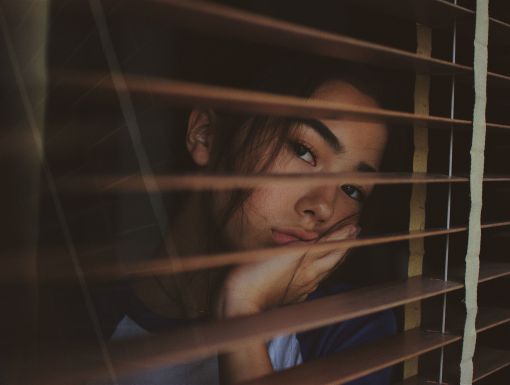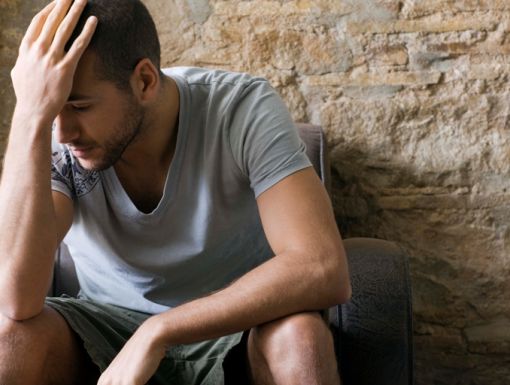
10 Symptoms of Seasonal Affective Disorder and How to Treat It
What is seasonal affective disorder?
In the fall and winter, many people can notice some brief changes in their mood, sleep or energy levels as the seasons change, especially when we set the clocks back in the fall and the days are getting shorter. This is relatively short lived and does not cause significant impairment.
However, for some, these seasonal mood changes are more serious and can affect how one feels, thinks, and/or behaves. Seasonal affective disorder (SAD) is a type of depression that occurs at specific times of the year, most commonly in the fall and winter months (winter-pattern SAD), when daylight hours are shorter.
Diagnostically, seasonal affective disorder is a subtype of major depressive disorder or bipolar disorder characterized by recurrent depressive episodes. The diagnosis requires that these seasonal episodes have occurred for at least two consecutive years, substantially outnumber non-seasonal episodes over a person’s lifetime, and result in complete or near remission of symptoms outside the affected season.
Typically, symptoms begin in late fall or early winter and improve in spring and summer. Less commonly, some people experience a summer-pattern with symptoms presenting in spring or summer and resolving in fall or winter.
Of note, a seasonal pattern other than depression exists. Some people diagnosed with bipolar disorder may experience a seasonal pattern of mania or hypomania, typically in the spring or summer, which presents with mood elevation, increased energy levels, decreased need for sleep, and other behavioral changes.
SAD is more common in people living farther from the equator, where there are longer winters and fewer daylight hours in the winter. Although the exact cause of SAD is not clear, reduced sunlight exposure can disrupt the body’s internal clock or circadian rhythm and lead to decreases in serotonin, a brain chemical linked to mood, and increases in melatonin, a sleep promoting hormone.
Vitamin D, nicknamed the "sunshine vitamin," is produced by the body when the skin is exposed to sunlight. During winter months, less sunlight and more time indoors can lead to lower vitamin D levels.
Because vitamin D helps regulate serotonin, lower vitamin D levels may lead to lower serotonin activity, contributing to seasonal depression. Although low vitamin D is common in people with SAD, research findings have been inconclusive on whether supplementing with vitamin D can effectively treat the condition.
This condition is not to be confused with “holidays blues,'' which are feelings of sadness and/or anxiety that can be brought on by holiday stress at certain times of the year. SAD is related to changes in daylight hours or exposure.
What are symptoms of seasonal affective disorder?
SAD symptoms can vary from mild to severe and may include:
- Feeling sad or having a depressed mood.
- Loss of interest or pleasure in activities previously enjoyed.
- Changes in appetite; usually eating more and craving carbohydrates.
- Change in sleep; usually sleeping too much.
- Loss of energy or increased fatigue despite increased sleep hours.
- Increase in purposeless physical activity (such as an inability to sit still, pacing or handwringing) or slowed movements or speech (these actions must be severe enough to be observable to others).
- Feeling worthless or guilty.
- Difficulty thinking, concentrating, or making decisions.
- Thoughts of death or suicide.
- With summer-pattern SAD, symptoms may include insomnia, poor appetite, restlessness and agitation, and anxiety.
The holiday season should be a time of joy and celebration, but for many it is not. Thanksgiving, Christmas and New Year’s all occur in the fall and winter months affected by seasonal affective disorder. Facing the holidays can already be particularly difficult and stressful for many. Factoring in seasonal depression can only add to the challenge. Although symptoms do typically resolve on their own with the change of season, symptoms can improve quicker through various types of treatment.
What are the treatments for seasonal affective disorder?
According to The National Institute of Mental Health, treatments include:
- Light therapy: Aim to get as much natural daylight as possible, for example short walks on bright, sunny days or eating lunch outside. Daily exposure to bright, artificial light (a light box) first thing in the morning, to mimic natural light found outside (under your provider’s supervision). Sit closer to windows with bright light both at home and at work.
- Talk therapy, including cognitive behavioral therapy
- Antidepressants, commonly serotonin reuptake inhibitors
- Exercise
- Healthy eating habits
- Discuss symptoms with your primary care physician, taking care of your general health, and making sure you are up to date with health maintenance
- Sleep hygiene: Making sure your bedroom is dark, quiet and relaxing and the temperature is comfortable. Turn off electronic devices and keep your cell phone away from your bed so you are not distracted by it.
- Staying socially connected, avoiding isolation
These treatments may be used alone or in combination.
For those who are depressed and have been thinking about harming themselves or suicide, it is important to get help right away.
- Call 911 for emergency services.
- Call 988, the Suicide and Crisis Lifeline
- Go to the nearest hospital emergency room
Seek treatment and speak with your healthcare provider today if you feel you are affected by seasonal affective disorder. Together you can decide on the best treatment options so that you can have a joyful, and happy holiday season!
The National Alliance on Mental Illness has additional information on seasonal depression that could be helpful to you.
Learn more about psychiatrist Rachel Csaki, MD



